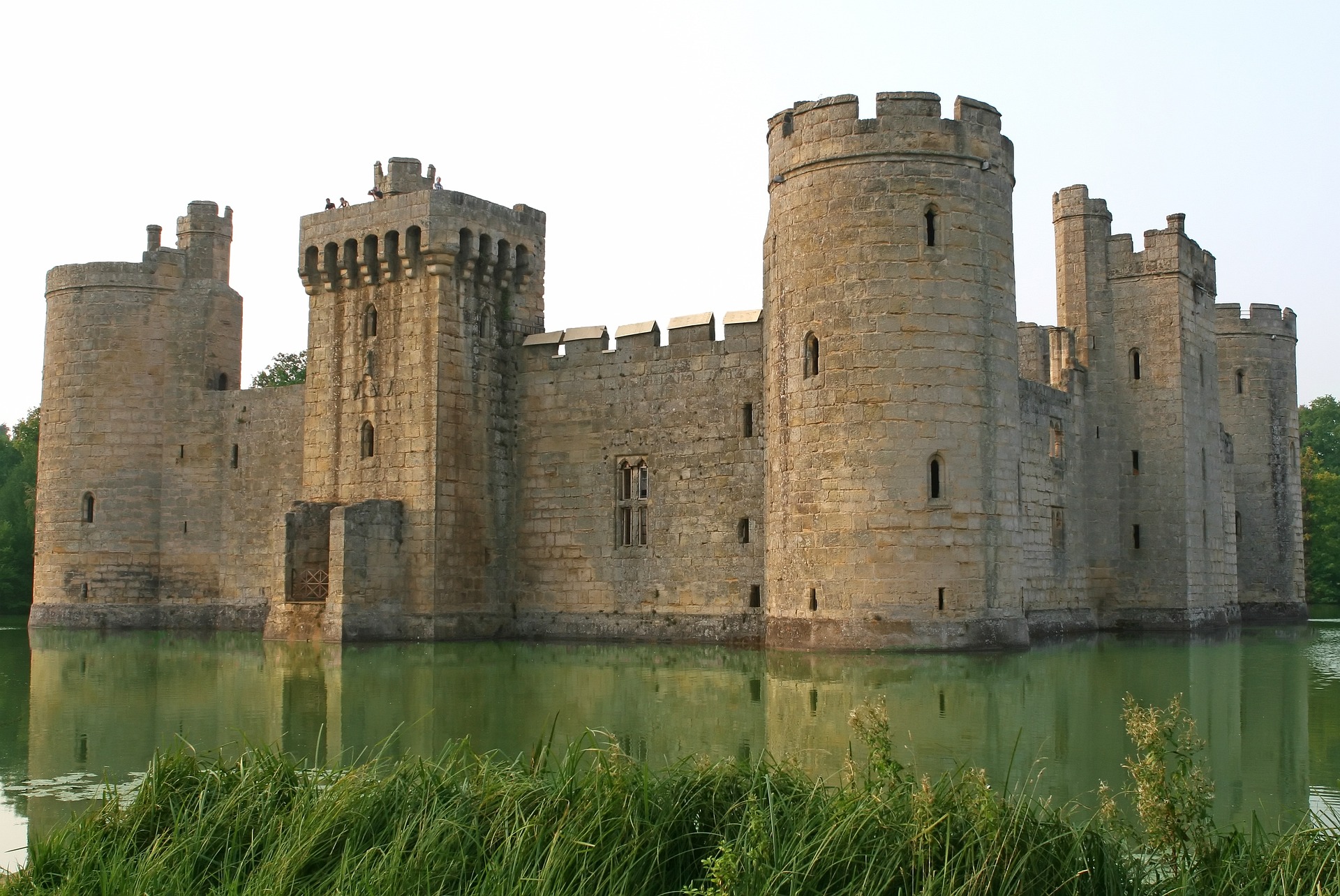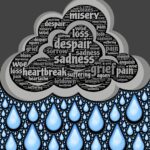Our survival instinct developed to protect ourselves from harm and to ensure our survival. This fundamental drive has been wired into our DNA through evolution since we climbed out of the primordial muck more than 530 billion years ago. And it has worked pretty darned well for most of human existence. Unfortunately, times have changed for us humans and we in the developed world don’t face the same existential threats as we used to. The problem is that our primitive brain hasn’t evolved quickly enough to understand this change in our lives. To the contrary, it has exacerbated the problem by confusing threats to our psychological well-being with threats to our physical existence.
What this means is that even though our physical life is rarely threatened, we still feel compelled to protect ourselves from far less harmful threats. In reaction to having our emotional hot buttons being pushed (caused by a wide variety of insecurities, doubts, worries, and fears), our survival instinct kicks in, we experience intense emotions such as fear or anger, our flight-or-flight reaction is triggered, and we either run or fight. The problem here is that fighting or fleeing may have worked on the Serengeti 250,000 years ago when we humans first became homo sapiens, but such reactions don’t usually end in a healthy or productive outcome in modern times.
One way we have evolved is by learning to fight or flee in less direct ways, for example, with passive-aggressive behavior or withdrawing from someone who has hurt us. A metaphor I use related to more evolved (though no more constructive) way of dealing with perceived threats to our psychological well-being is that we erect a figurative castle with high walls and a big gate. The purpose of this castle (think medieval England) is to safeguard us from the marauding (emotional) hordes that, at some deep level, we believe will overwhelm and hurt us. This castle can be built in many ways, for instance, we isolate ourselves from others, we protect ourselves from emotional vulnerability, and we leave relationships when they become difficult. The reason for these castles is to reduce our feelings of threat and make us feel safe and comfortable.
The problem with this castle is that we can only feel safe and comfortable if we stay inside of it; we can’t leave without exposing ourselves to the threats that we believe lie outside its gates. Do you know what a castle we can’t leave is called? A prison. If our need for safety is greater than our desire to engage fully in our lives, we will not want to leave the security of those high walls and big gate.
The goal, if you have built yourself a psychological castle that has turned into an emotional prison, is to find a way for you to open the gates to your castle/prison and walk outside into a life that is meaningful, fulfilling, and joyful without doubt, worry, or fear.
There are two ways you can get yourself to leave the safety of your castle-turned-prison. The first way is to examine and challenge the threat that is keeping you locked up inside. Here are some questions to ask yourself:
- What is the underlying threat that keeps you imprisoned (usually some very deep emotional pain because by a single trauma or an ongoing stressor)?
- Is the threat real or imagined?
- What is the likelihood of the threat being realized if you leave your castle/prison?
- How likely are you to be okay if you walk outside (realizing that, though it will be uncomfortable, you will be fine)?
- What do you need to do to leave your castle/prison (e.g., plan, preparations, support)?
The second is for you to just decide it’s time to leave and risk the consequences. There are four elements that must be present for you to even consider embracing this approach. First, you reach a point in your life where you are just fed up with being imprisoned (particularly when you are your own parole board). You’re just plain sick and tired of being held against your will. Staying in your castle/prison is no longer an option.
Second, that motivation turns into a steely determination to leave, no matter how uncomfortable it may be. When your strength of need to walk outside of your castle/prison exceeds your fear of what might happen, then you will open the gates and liberate yourself from your self-imposed prison.
Third, you recognize and accept that there may be some pain. You might re-live past uncomfortable experiences and feel some intense emotions. But you may also see that the pain won’t be as painful as you think it will be. And, once you get beyond the initial shock of leaving yourself vulnerable as you walk through those gates, those ill feelings will be offset by the relief and joy of freedom you will feel in fully engaging with your life and the people and experiences within it.
Finally, you choose to take a leap of faith. The reality is that there is no certainty about what will happen when you open the gates to your castle/prison and walk outside into your life. It could be as painful as you think. But, I’m going to say that, in most cases, it won’t be as bad as you think. So, to free yourself from this prison of your own design, you must have a basic faith that, in the end, you will be okay, good things will happen, and living free is better than living safe.





